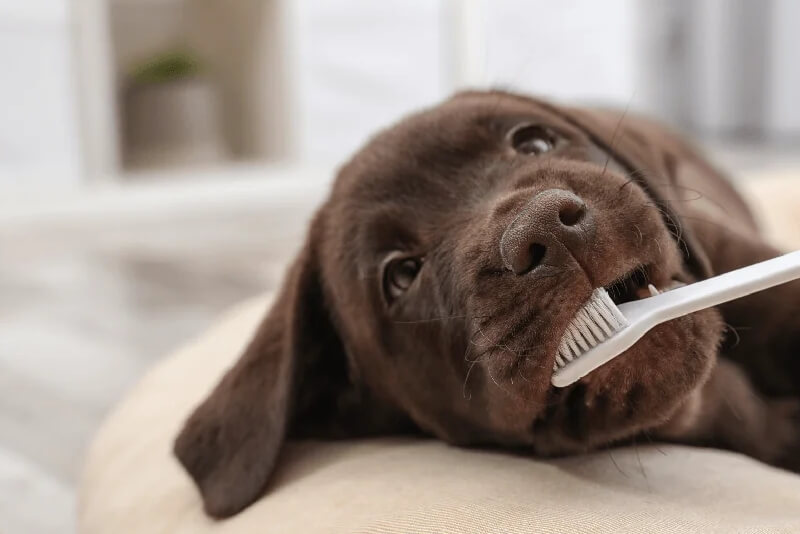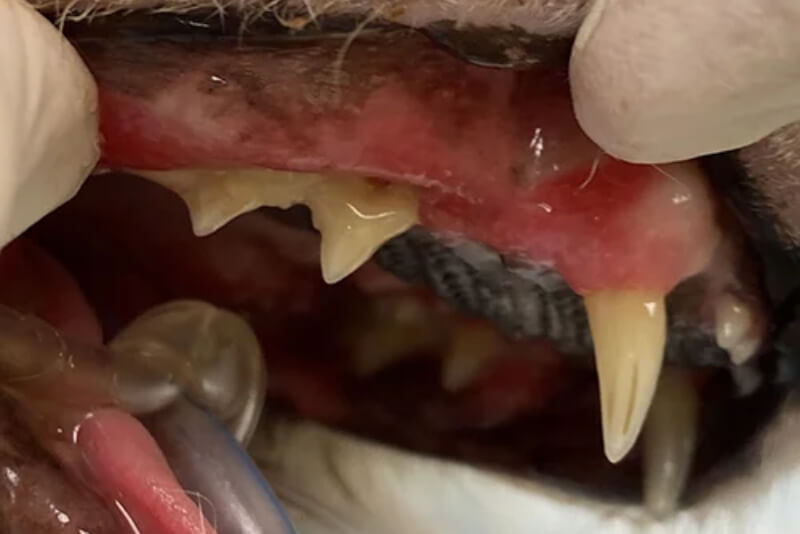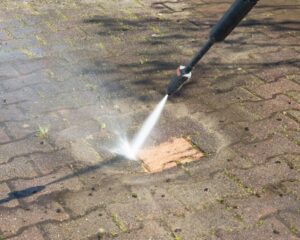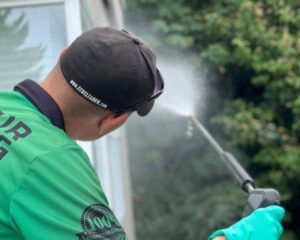
Feline tooth resorption is a common oral health problem in cats. It is a progressive condition that leads to the loss of tooth structure. The condition is also known as ‘cat cavities’ or ‘feline dental caries’. The condition is most commonly seen in middle-aged to older cats but can occur at any age. It is more common in cats that are fed dry food diets as well as those that do not have access to adequate dental care. The good news is that feline tooth resorption is a preventable and treatable condition. In this article, we will discuss the causes, prevention, and treatment of feline tooth resorption.
What is feline tooth resorption?
Feline tooth resorption is a condition in which the enamel and dentin of a cat’s tooth is dissolved by acids produced by cells in the mouth. As the tissue is gradually broken down, the tooth structure is weakened and becomes susceptible to infection. The condition is most commonly seen in cats’ premolars and molars, but can also affect other teeth, including the canines and incisors, as well as the gums. The condition can occur without any obvious signs, including pain and swelling. However, if left untreated, tooth loss can result. Over time, the condition can spread to the surrounding teeth and cause further destruction.
What causes tooth resorption in cats?
The cause of feline tooth resorption is not fully understood. However, several factors have been suggested as contributing factors, such as bacteria, fungal infection, trauma, poor dental hygiene, and genetics. Bacteria is one of the most common causes of tooth resorption. Bacteria can get into the tooth through a cavity or crack in the enamel and begin to break down the tissue. This in turn leads to the release of acids which dissolve the tooth structure. Fungal infections can also cause tooth resorption. Fungal spores can enter the tooth via a cavity or a crack in the enamel and begin to break down the enamel and dentin. This can lead to the dissolution of the tooth structure and tooth loss. Injuries to the teeth can also be a contributing factor. Trauma to the teeth can cause a crack in the enamel which allows bacteria to enter and cause the condition. Poor dental hygiene can also lead to the buildup of plaque and calculus, which can cause inflammation and irritation in the gums and teeth.
How can I prevent my cat from getting tooth resorption?
The best way to prevent feline tooth resorption is to practice good dental hygiene and regularly visit a veterinarian for regular checkups. Brushing your cat’s teeth every day is a great way to keep the teeth and gums clean and healthy. It is best to use a specially designed toothbrush and toothpaste specifically made for cats. Make sure you are also providing your cat with a balanced diet that includes a variety of fresh fruits and vegetables, as well as crunchy, fibrous foods. This will help to keep the teeth and gums healthy and clean, and can help to reduce the formation of plaque and tartar. Finally, make sure you are providing your cat with regular visits to the veterinarian, who can detect and diagnose the condition early on and provide proper treatment.
How is tooth resorption treated in cats?
If your cat has been diagnosed with feline tooth resorption, treatment may involve the removal of the affected tooth. The tooth may also need to be extracted if the infection has spread to other teeth, or if the infection has spread to the surrounding soft tissues. After removal, the tooth socket may need to be cleaned and disinfected to help prevent further infection. Antibiotics may also be prescribed to help clear up any infection. If the condition has advanced, periodontal surgery may be necessary to remove the infected tissue and stop the progression of the condition.

Conclusion:
Feline tooth resorption is a common oral health issue in cats. The condition is often caused by bacteria, fungal infection, trauma, poor dental hygiene, and genetics. Practicing good dental hygiene and regular visits to the veterinarian can help to reduce the risk of tooth resorption in cats. Treatment can vary depending on the extent of the condition, and may involve the removal of the affected tooth and antibiotics to help clear up any infection. Get the best treatment from Veterinary Dental Care. If the infection has spread to the surrounding soft tissues, periodontal surgery may be necessary to stop the progression of the condition. Contact us for detailed information!


















No Comments yet!